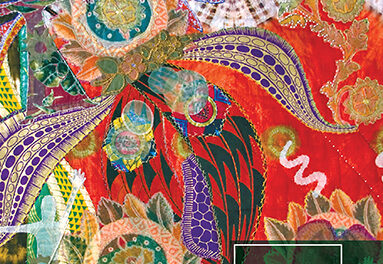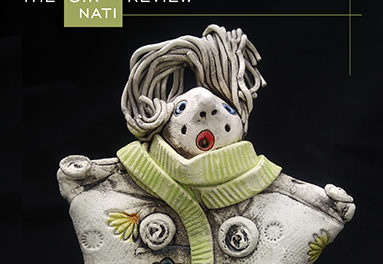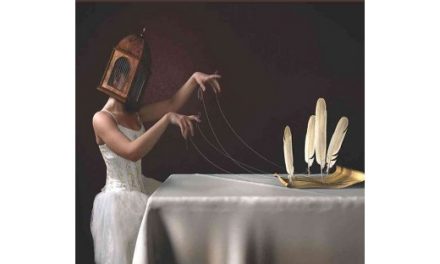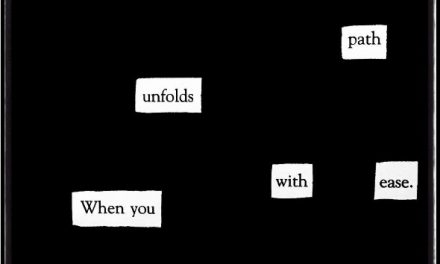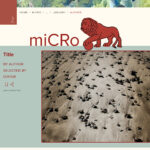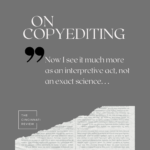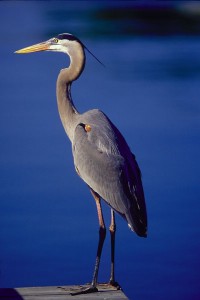 On a particularly frigid Wednesday of last month, volunteer Brandon Whiting appeared for his office hours in nothing but an elaborate feather jumpsuit. This was not unusual in itself—feather suits are actually required office wear—so we didn’t think much of it. And when he began touting the benefits of an “all-marsh” diet, we figured he was just at the forefront of the newest Hollywood trend. But when he tried to wedge himself between our filing cabinets, referring to them only as “the sedges,” we realized something was amiss. We haven’t seen much of Brandon since the warmer weather arrived, but yesterday, while searching for one of our back issues, we discovered an elaborate paper nest in the back of our supply closet. On the artfully arranged scraps, he had written the following sentiments:
On a particularly frigid Wednesday of last month, volunteer Brandon Whiting appeared for his office hours in nothing but an elaborate feather jumpsuit. This was not unusual in itself—feather suits are actually required office wear—so we didn’t think much of it. And when he began touting the benefits of an “all-marsh” diet, we figured he was just at the forefront of the newest Hollywood trend. But when he tried to wedge himself between our filing cabinets, referring to them only as “the sedges,” we realized something was amiss. We haven’t seen much of Brandon since the warmer weather arrived, but yesterday, while searching for one of our back issues, we discovered an elaborate paper nest in the back of our supply closet. On the artfully arranged scraps, he had written the following sentiments:
Brandon Whiting: At first glance, “Heron” by Meredith Davies Hadaway gives the impression of an actual heron: it’s tall, thin, and elegant. It’s reminiscent of a concrete poem in the sense that its form echoes its function, but Hadaway’s superb way of breaking lines elevates the simplicity of her subject.
In effect, “Heron” shows us the variety of ways a heron moves, “some-/ times looping/ down in/ question, sometimes leaning.” At other times it is content to “[lean]/ into fog—/ slash.” The short, choppy line breaks and terse efficiency (here and there a single word occupies its own line) remind me of a heron beating its wings.
One of the trickiest things about writing free verse is deciding where to break the lines, but this poem shows just how resonant a set of effective line breaks can be. “Heron” is a good example of how visual as well as verbal expression can enhance an object, and for that reason I like it.


